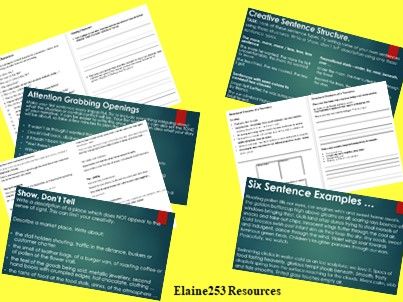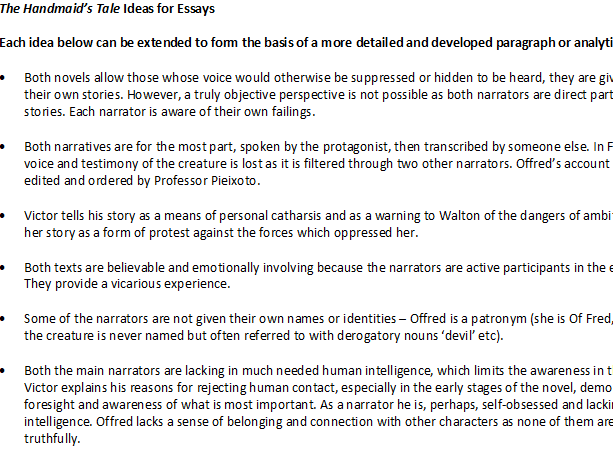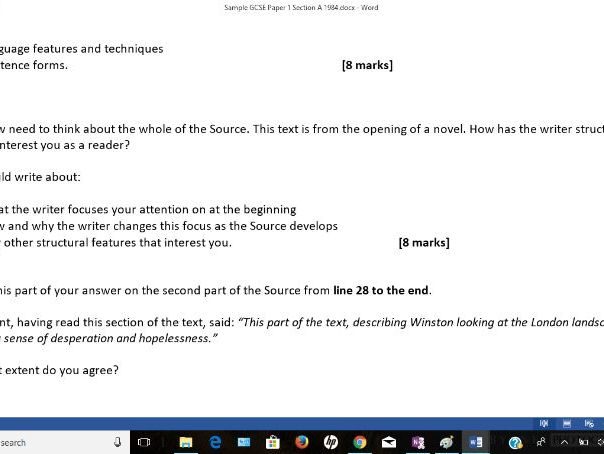elaine253
I’m an English teacher with over twenty years of experience teaching Language, Literature, Media and Drama. I’ve taught a host of curriculum incarnations in the UK where I live and trained, the USA and Australia. I am a fairly new TES author and it’s my ambition to build a collection of high quality, enjoyable, interesting resources for students and teachers.























